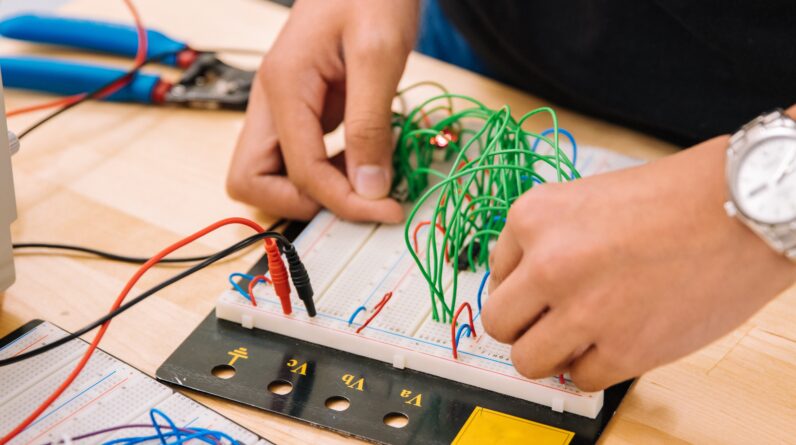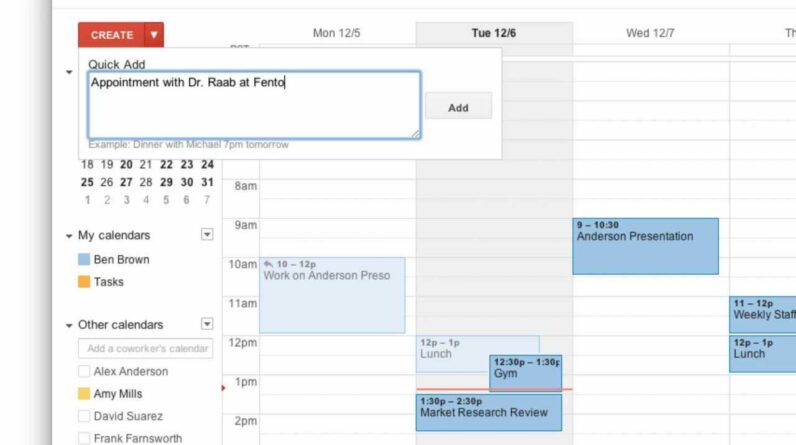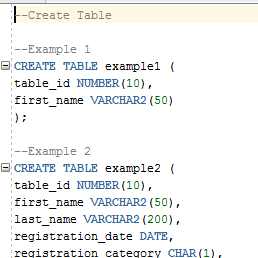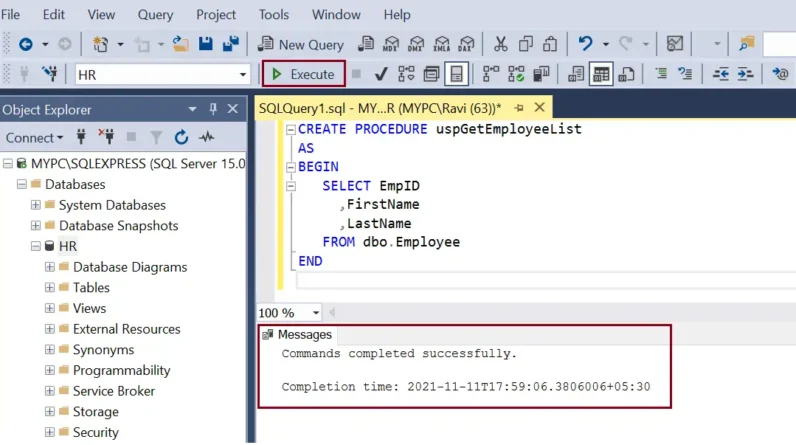
Do you ever find yourself needing to capture what’s on your computer screen? Maybe you want to save a funny meme, document an error message, or show someone how to navigate through a website. Well, you’re in luck! In this article, we’ll discuss how to take screenshots on Windows, so you can quickly and easily capture whatever it is you need.
Taking screenshots on Windows is incredibly simple and can be done in a few different ways. One of the easiest methods is by using the “Print Screen” button on your keyboard. Simply press this button, and Windows will copy an image of your entire screen to the clipboard. From there, you can open your favorite image editing software, such as Paint, and paste the screenshot. Easy, right? But wait, there’s more! In the full article, we’ll also show you how to use the Snipping Tool, a built-in Windows program that allows you to capture specific areas of your screen, and how to take screenshots of just one window at a time. So, whether you’re a seasoned computer whiz or just starting out, you’re sure to learn something new in this tutorial.

Table of Contents
How to Take Screenshots on Windows
Screenshots can be incredibly useful when it comes to capturing and sharing information on your Windows computer. Whether you want to save important information, demonstrate an issue to tech support, or simply preserve a moment on your screen, knowing how to take screenshots is a valuable skill. In this article, we will explore various methods for taking screenshots on Windows, so you can choose the one that best suits your needs.
Using the Print Screen Key
One of the easiest and most commonly used methods for taking screenshots on Windows is by using the Print Screen (PrtScn) key on your keyboard. This key can be found in the top-right corner of most keyboards. Here’s how you can use the Print Screen key to capture your screen:
-
Understanding the Print Screen Key: The Print Screen key serves as a snapshot tool that captures an image of your entire screen or active window.
-
Capturing the Entire Screen: To capture your entire screen, simply press the Print Screen key. This will take a screenshot of the entire visible area of your screen.
-
Capturing a Specific Window: If you only want to capture a specific window, make sure that window is active and press the Alt + Print Screen keys simultaneously. This will capture the active window and save it to your clipboard.
-
Saving and Editing the Screenshot: After capturing the screenshot, you can paste it into an image editing program like Paint or Microsoft Word and save it as an image file (e.g., JPEG, PNG) for future use or editing.
Using the Snipping Tool
Windows also provides a built-in tool called the Snipping Tool, which allows you to capture and customize screenshots. Here’s how you can use the Snipping Tool to take screenshots on Windows:
-
Introduction to the Snipping Tool: The Snipping Tool is a screen capture utility that enables you to capture screenshots in various shapes and sizes.
-
Taking a Rectangular Snip: Open the Snipping Tool and select the “Rectangular Snip” option. Click and drag your mouse to capture a specific rectangular area of your screen.
-
Taking a Free-Form Snip: If you prefer a more flexible snipping option, choose the “Free-Form Snip” option. This allows you to draw a custom shape around the area you want to capture.
-
Taking a Window Snip: To capture a specific window using the Snipping Tool, choose the “Window Snip” option. This will allow you to select the desired window automatically.
-
Taking a Full-Screen Snip: If you want to capture the entire screen using the Snipping Tool, click on the “Full-Screen Snip” option. This will capture the entire visible area of your screen.
-
Saving and Sharing the Snip: After capturing the desired snip, you can save it as an image file and easily share it with others via email, social media, or any other preferred method.
Using the Game Bar
For gamers or those who want to capture screenshots during gaming sessions, Windows provides the Game Bar feature. Here’s how you can use the Game Bar to take screenshots on Windows:
-
Enabling the Game Bar: Press Windows Key + G to bring up the Game Bar. If it’s your first time using the Game Bar, you may need to enable it in the settings.
-
Taking Screenshots in Game Mode: When in a game or any fullscreen application, press Windows Key + Alt + PrtScn to capture a screenshot. The screenshot will be automatically saved to your designated “Captures” folder.
-
Capturing a Single Window or Desktop: If you want to capture a single window or desktop while gaming, use the key combination Windows Key + Alt + G. This will capture the desired content without interrupting your game.
-
Accessing and Managing the Screenshots: To view and manage your captured screenshots, navigate to the “Captures” folder, which is typically located in “Videos” folder on your device.
Alternative Methods
While the built-in options are sufficient for most users, there are alternative methods available for taking screenshots on Windows. Here are a few options worth exploring:
-
Using Windows + Shift + S Shortcut: Pressing Windows Key + Shift + S opens the Snip & Sketch tool, allowing you to capture a specific area of your screen.
-
Using Third-Party Screenshot Tools: There are various third-party screenshot tools available that offer additional features and customization options beyond what is offered by default in Windows.
-
Using the Snip & Sketch App: Windows 10 includes the Snip & Sketch app, which provides an easy-to-use interface for capturing and annotating screenshots.
-
Using the OneDrive App: If you have OneDrive installed on your Windows device, you can use the built-in screenshot feature in the OneDrive app to capture and store screenshots.
Tips and Tricks
To enhance your screenshot-taking experience on Windows, here are a few tips and tricks:
-
Adding Annotations to Screenshots: After capturing a screenshot, use image editing tools to add annotations, such as arrows, text, or highlights, to emphasize specific areas.
-
Copying Screenshots to the Clipboard: Rather than saving screenshots as image files, you can simply copy them to your clipboard by pressing Ctrl + PrtScn. This allows for quick and easy pasting into documents or image editing programs.
-
Automatically Saving Screenshots to a Folder: To streamline your workflow, you can configure Windows to automatically save screenshots to a specific folder. This eliminates the need to manually save and organize each screenshot.
Conclusion
In conclusion, knowing how to take screenshots on Windows is an essential skill that can prove useful in various situations. Whether you prefer using the Print Screen key, the Snipping Tool, or the Game Bar, there are multiple methods available to capture and customize screenshots according to your needs. By exploring the alternative methods and utilizing the tips and tricks provided, you can enhance your screenshot-taking capabilities and efficiently share important information with others.







